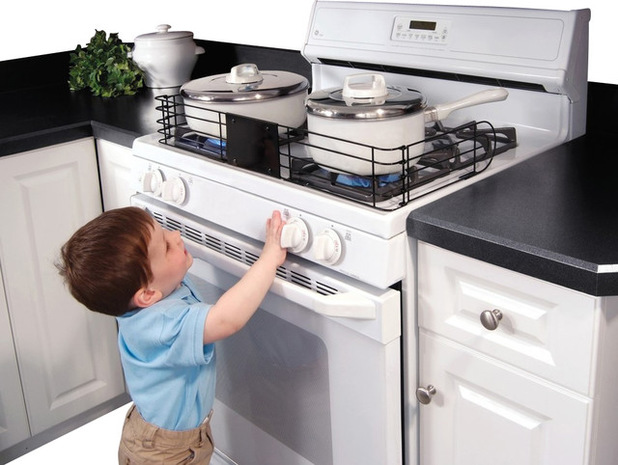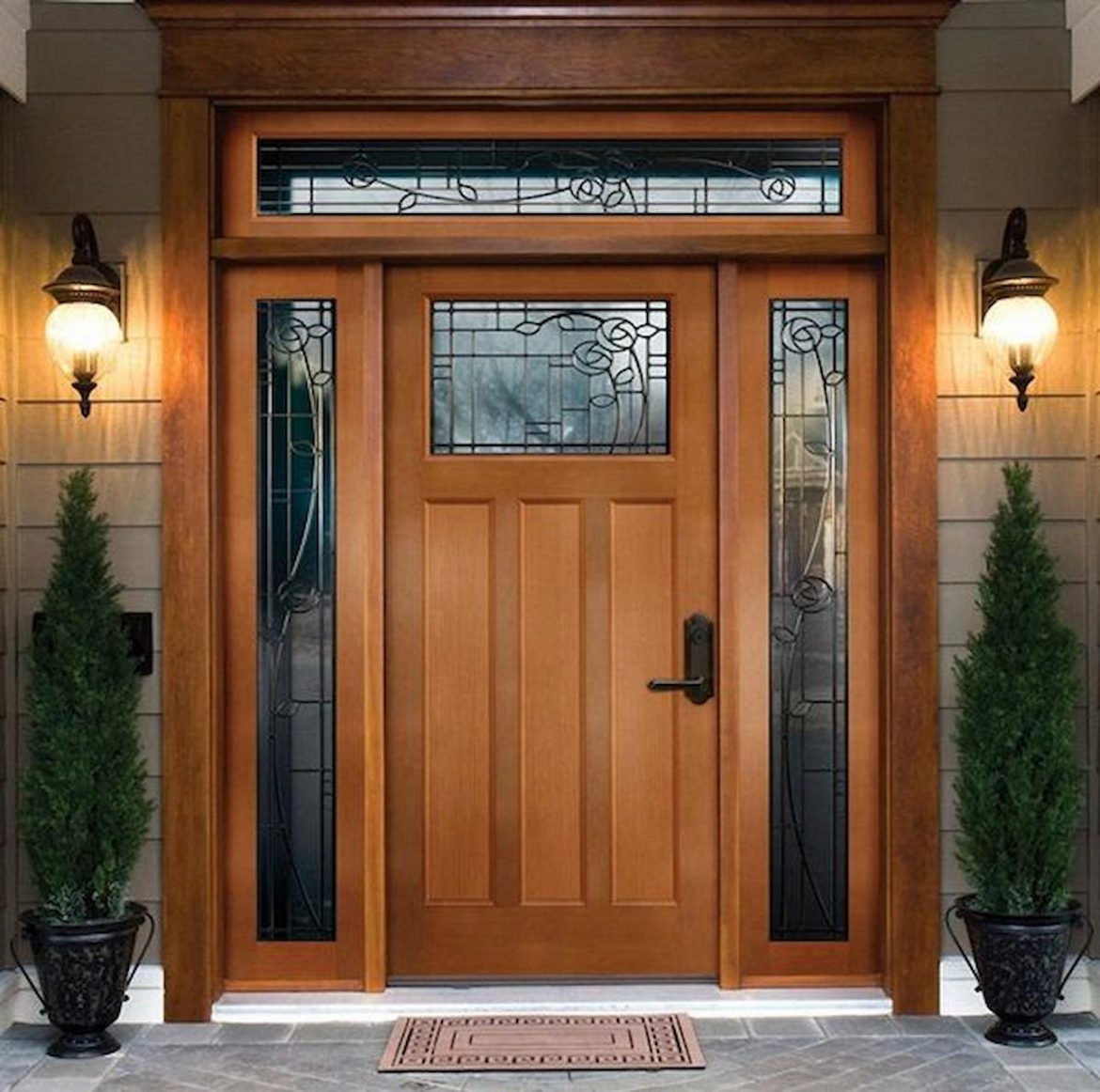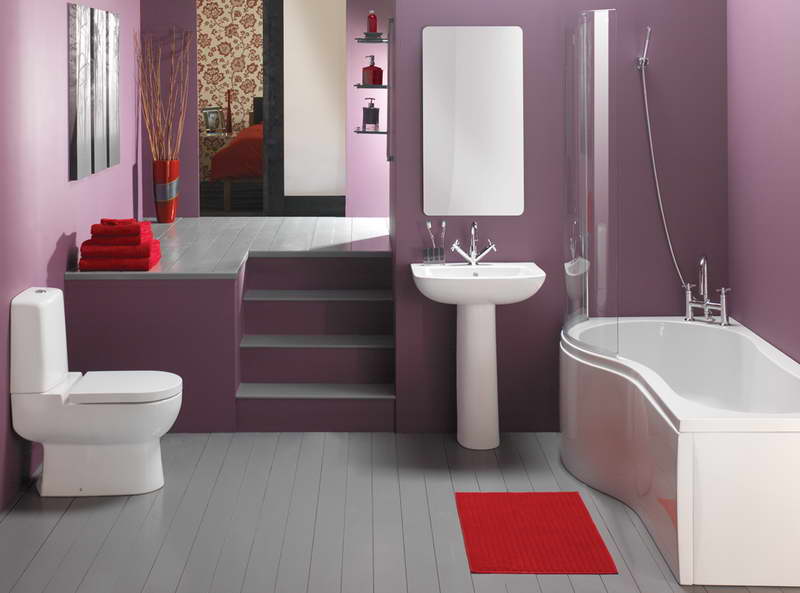With the conquest of many, if not most, of the deadly diseases that once claimed the lives of perhaps as much as 90 percent of all children under the age of ten, one of the leading causes of childhood death is accidents that occur in the house and elsewhere. Almost all of these deaths could have been prevented through the application of the various safety measures outlined below.
In the kitchen
Many chemicals are used in cleaning the kitchen that could be poisonous to children. For that reason, you should have a cabinet with a lock in which to store such chemicals. When cooking on the stove, use only the back burners and turn the pot handles away inward so that children cannot grab hold of them. Anti-scalding devices should be installed on the faucets here and in the bathroom—and also on the shower heads—so that children cannot get burnt by them. The water should also be kept at a maximum temperature of 120°.
The dishwasher and the garbage compactor should both have latches on them. The trash can should have a lid on it and be in a place where it is inaccessible to children.
Guarding against electric shock
All outlets in the house should be covered with either protectors or safety caps to protect against electric shock. If an outlet is closed to a bathtub or sink then a ground fault circuit interrupter should be used—it causes the power in the circuit to disconnect any time it detects a dangerous imbalance between the two conductors that could result in shock.
Preventing falls
The tender, developing bones of children are easily broken in falls, most especially falls down the stairs. A way to protect them from falling is to put up a safety gate at the top and bottom of every staircase in the house. Rooms in which there are child hazards should also be blocked with such gates, which must not have expanding pressure bars. Doorknob covers can also be used for the same purpose. A lock should be placed on the toilet when it is not being used as children can fall in and drown.
Children also love to look out of windows at the world outside—and often end up falling out of them. (I fell out of a window once, though luckily it was only a few feet up and I landed in the soft soil!) Installing window guards can help to prevent that from happening, as can safety netting and window stops—though you will still want to have the window as an emergency exit, so do not put these things on so tightly that they cannot be removed.
Preventing injury
Furniture pieces such as tables have sharp edges that children can easily hurt themselves on. You can guard against these kinds of injuries by placing curved bumpers on the corners. Such bumpers should also be placed on the fireplace.
Drugs
We tend to think of drug abuse as a problem of the teenage and early adult years. But each year, many children die from overdoses of aspirin and other normally helpful medications that they have mistaken for candy. (I myself once had to be rushed to the hospital after eating a whole packet of pills at the age of four!) To prevent such mishaps from occurring, keep all medications in a cabinet with a lock and out of reach of children. Never use unlabeled medicine and never tell children that pills taste like candy. Likewise, always supervise children when they take medications, whether they are over the counter or prescribed by a pediatrician.
Remember that there is never any substitute for remaining on the alert and supervising your children at all times, for no house can ever be 100 percent childproof. Never leave a baby alone in the house. If you must go out somewhere and leave the baby behind, then hire a babysitter.
Your smartphone is another valuable instrument to have—it not only enables you to have your child near you when talking on it, but it can also provide a form of communication should the power fail.





